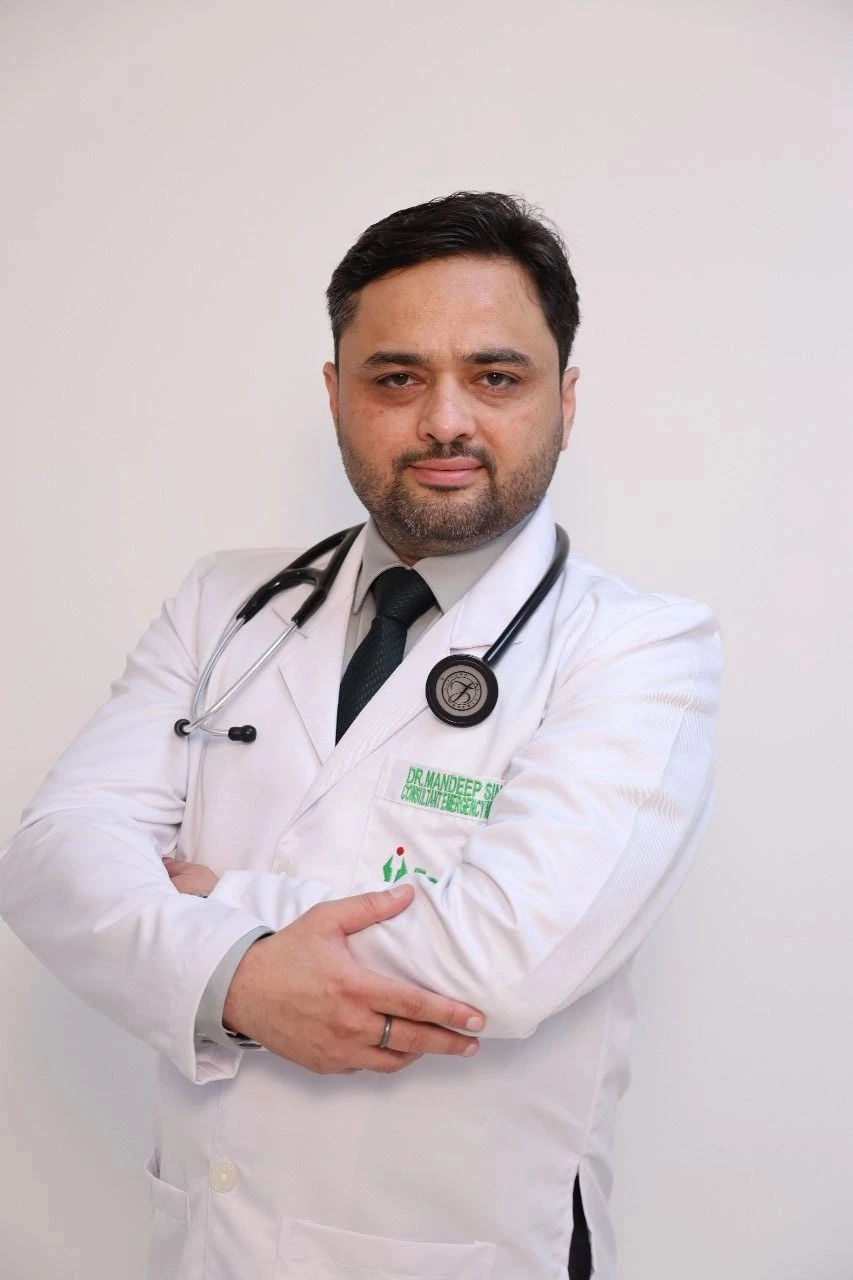- 1573
- 3
Critical Care: Skill and Development
Critical care required highly skilled, expert care for the most severely ill or injured patients. Critical Care recognizes to be able to deliver high-quality care to patients, staff need the knowledge and skills so they can work at the highestSee More
About the Speaker
Dr. Md. Motiul Islam
MBBS, MD (Critical Care Medicine)ACLS, ATLS Consultant – Critical Care,Bangladesh Vice President of Bangladesh Society of Critical Care Medicine.
Upcoming Case Discussions

Endocarditis: Silent Invader of the Emergency Room

Learning Beyond the Scalpel: The Future of Cardiac Surgical Training

Research & Academia: Contributing to evidence-based Ayurveda

Minimally Invasive Approaches in Reproductive Surgery

Childhood Obesity Pathogenesis and Treatment

New Pillars in Management of Diabetic CKD

Pain Management with Ayurveda, आयुर्वेद के साथ दर्द का प्रबंधन

Airway Stenosis Management: Dilatation, Stenting, and Ablation
